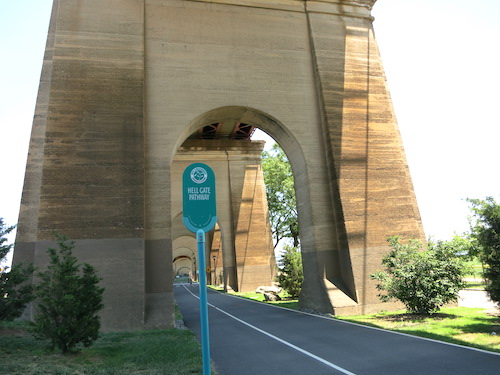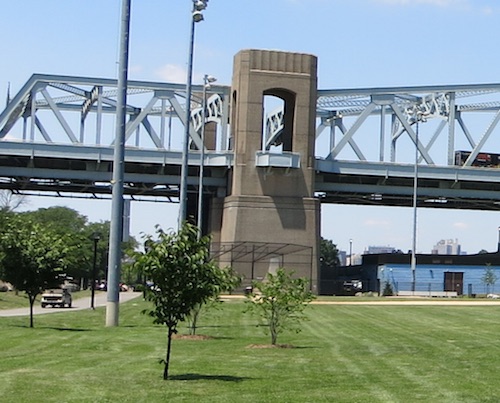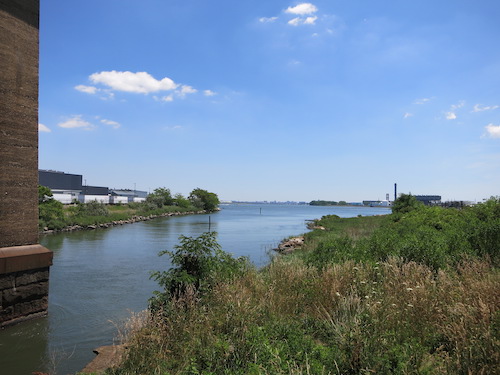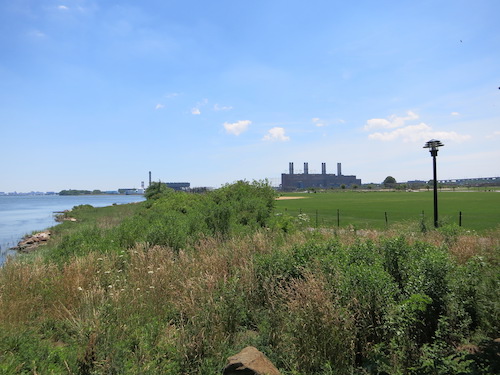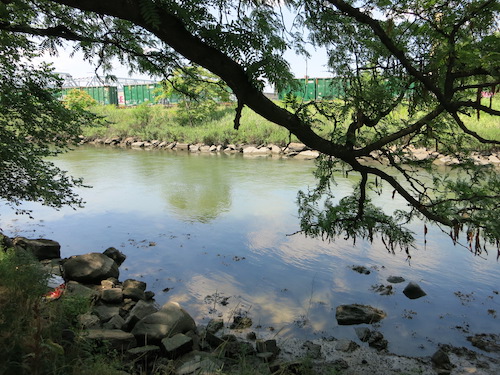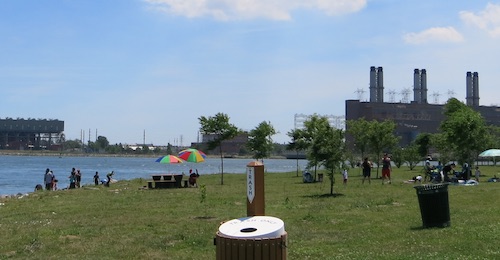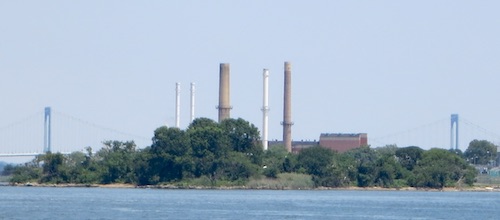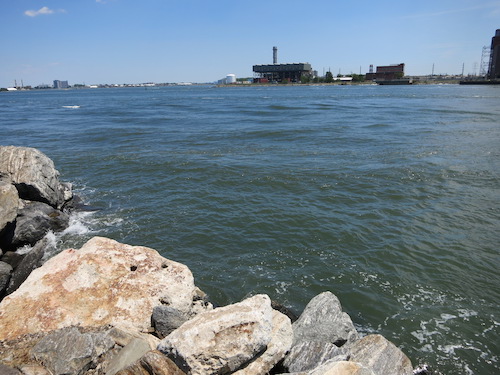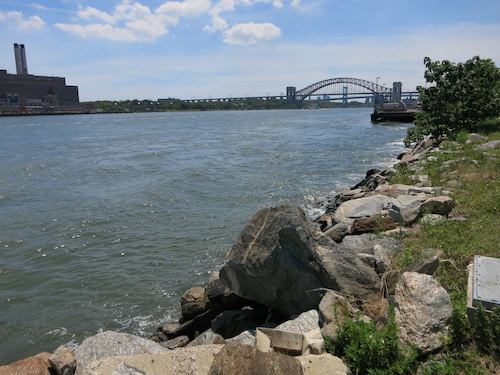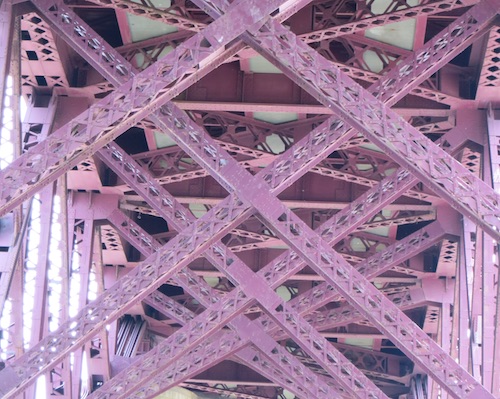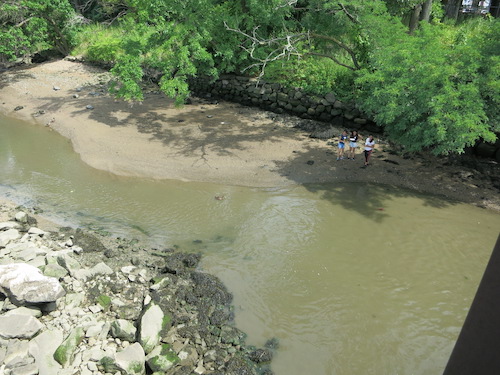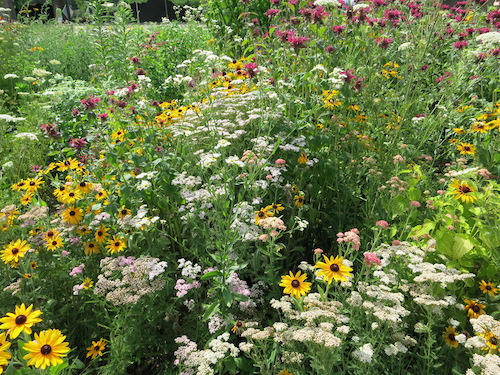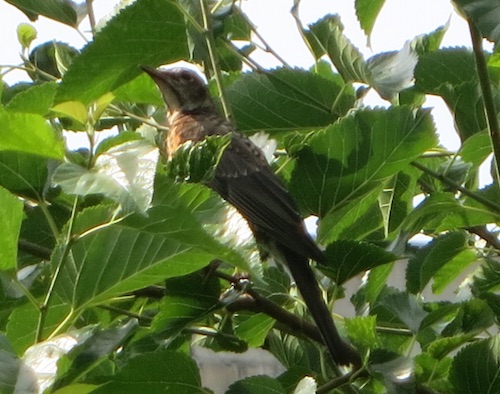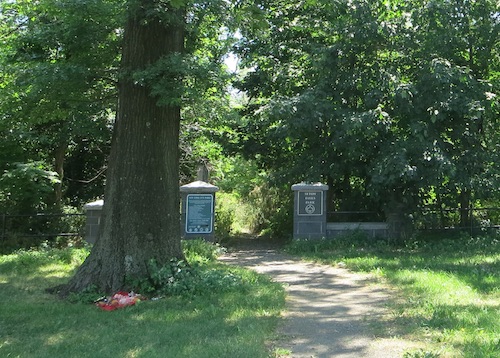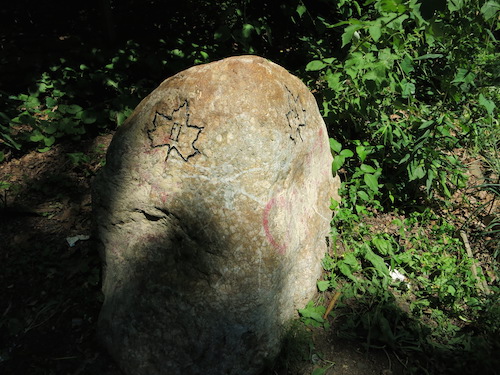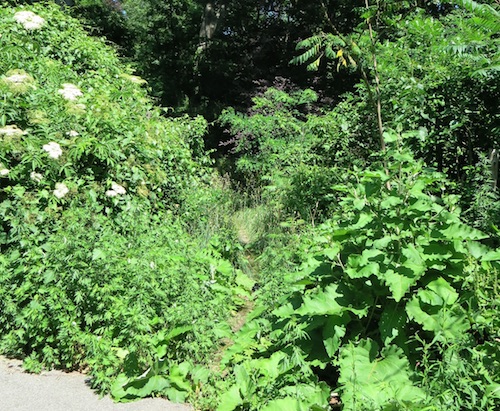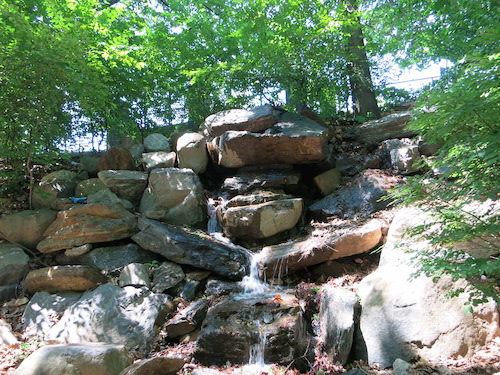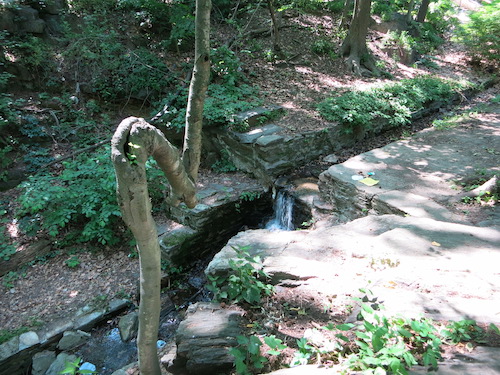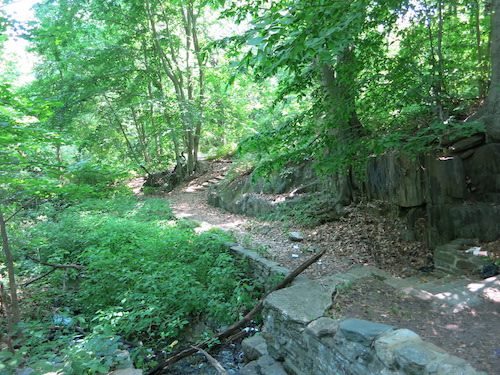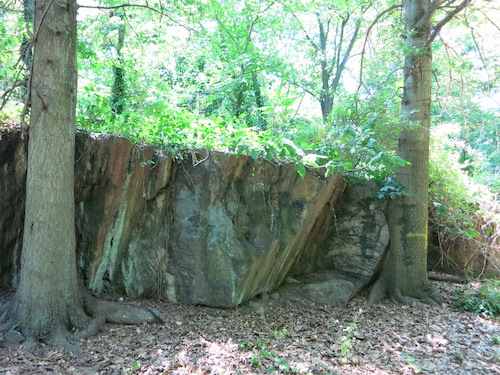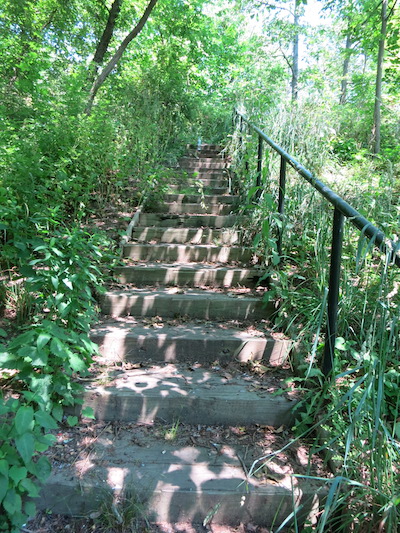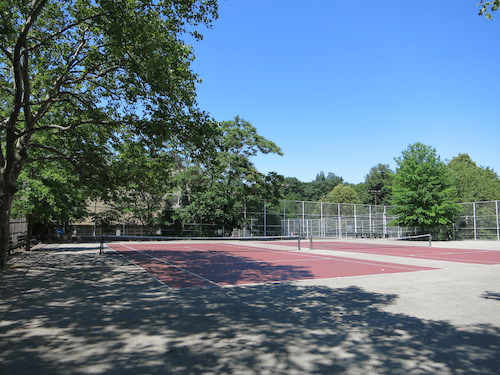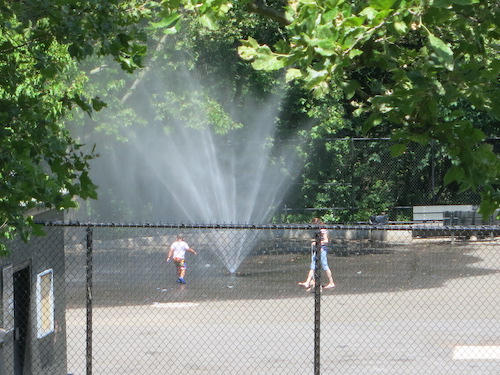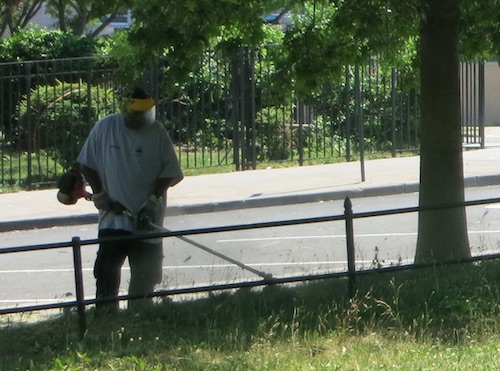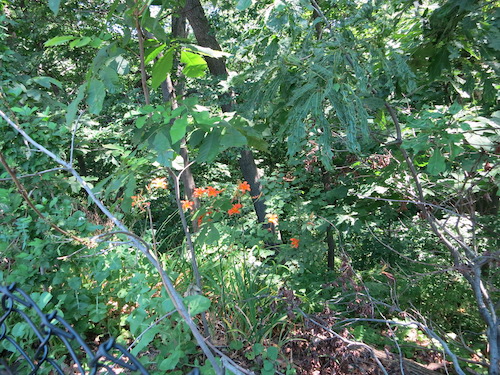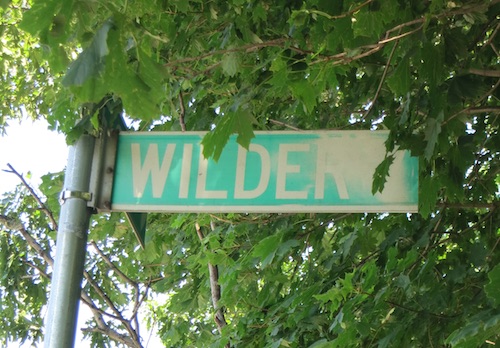 The American Revolution had already begun when a delegation from the Second Continental Congress sailed up from Philadelphia to meet with British Admiral Howe on Staten Island for a last-minute attempt at a peace agreement on September 11, 1776. The members of the delegation: John Adams, Benjamin Franklin, and Edward Rutledge.
The American Revolution had already begun when a delegation from the Second Continental Congress sailed up from Philadelphia to meet with British Admiral Howe on Staten Island for a last-minute attempt at a peace agreement on September 11, 1776. The members of the delegation: John Adams, Benjamin Franklin, and Edward Rutledge.
The result: failure. The war was already underway, and in any case Howe lacked the authority to meet any of the terms the colonials might have been prepared to accept.
Nevertheless, they met for a couple of fruitless hours at Billopp House, also called Bentley Manor, near the southernmost point in Staten Island. Which also happens to be the southernmost point in New York City. And in New York State.
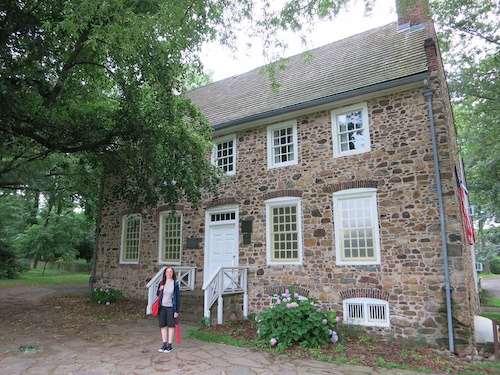
Captain Christopher Billopp, formerly of the Royal Navy, had built the handsome Dutch-style manor house around the late 1670s. His descendants still lived there at the time of the Revolution. But they were loyalists, and when hostilities broke out they fled north, taking all their possessions. The house took on various uses over the next two centuries. Now restored and stocked with period furniture and decor, it's open for guided tours. Only one item, a wooden chest, remains from the Billopps' household.
In the next photo, the dull-colored bricks in the foreground are original to the basement floor. The brighter ones in orange and blue were shipped from Holland for the house's 20th-century restoration. The white brick in the center was laid personally by the Queen of the Netherlands, if I recall correctly what the docent said (which I very well may not).
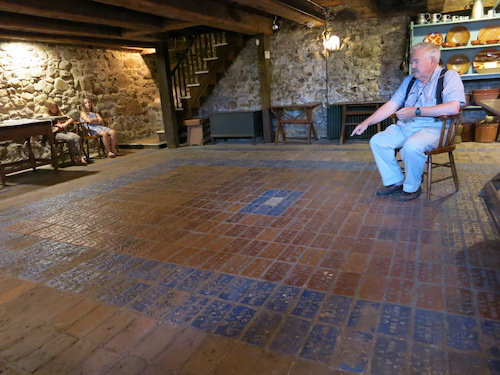
We traveled to Conference House Park last weekend (see the Conference House website for visiting hours) to see the house and explore as much as we could of the park, 286 acres of waterfront space full of surprises.
The Visitors' Center isn't one of them. But it has useful information, art and photography exhibits, and bathrooms.

The first surprise when we entered the park proper, before we'd even gotten to the Conference House itself, was our greeter, a groundhog who shuffled in and out of the forest just inside the park's main entrance.
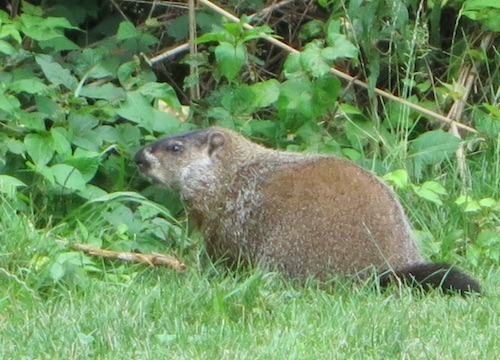
Did you know that a groundhog and a woodchuck are the same thing? I didn't – though it explains why Punxsutawney Phil's New York City analogue is named Staten Island Chuck. And did you know that these rodents are also called "whistle-pigs" because they whistle a warning to their buddies when alarmed? I didn't. WhistlePig is also the name of a Vermont whiskey distillery. And maybe the name of my next band.
Yet another name for the Marmota monax, Scientific American tells us, is the less-creative "land-beaver." (I don't think anyone around here calls them that, though. And I wouldn't be surprised if the groundhogs considered it an insult.)
Groundhogs are native to this part of the U.S., so I suspect there was an ancestral population on Staten Island in 1776 when the famous conference occurred.
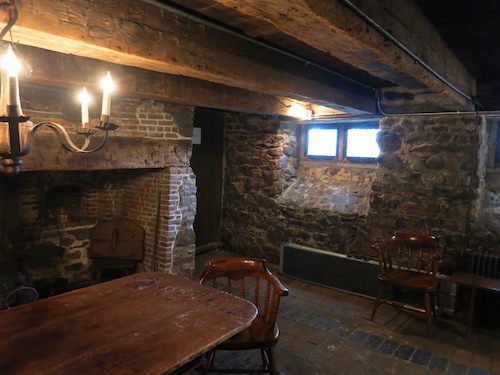
The conference didn't take place in the basement; it's just that it's a photogenic space. So is the root cellar, which contains, along with barrels, kettles, and a zillion folding chairs for outdoor events, the broken headstone of Thomas Billopp, grandson of old Captain Christopher and father of another Christopher Billopp, who was the estate's Tory owner in 1776.

Just outside, the Colonial Herb Garden's sign has rusted. The ladies of the Staten Island Herb Society may still be tending the garden itself, however (though their website doesn't seem to have been updated since 2013). Perhaps it's fitting that their most recent "Herb of the Year" was Elder.
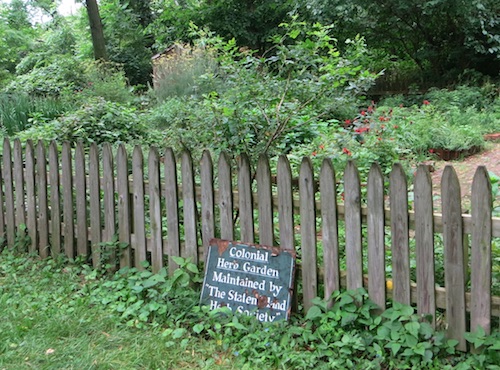
There's more to Conference House Park than house and garden. An unmarked but well-maintained path leads through dense, cat-guarded tangles of trees, brush, and raspberries to another historic structure, the H. H. Biddle House.

Yours truly at Conference House Park
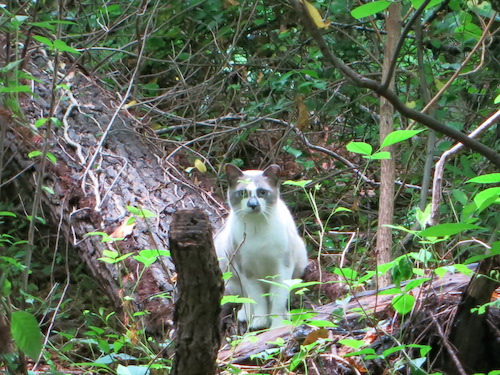

Captain Henry Hogg Biddle built this Greek Revival house around 1845. Biddle ran a ferry between here (the southern end of Staten Island, otherwise known as Tottenville) and Perth Amboy, New Jersey. He also owned Biddle's Grove, "a summer resort for temperance groups," the Conference House website soberly explains. The house looks the same from the back and the front. It's closed for renovations and painting, but the back door was open and there seemed to be activity inside.
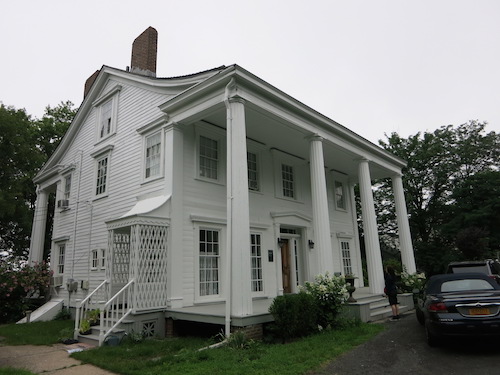
Since we're by the water, it's no surprise that various Captains figure in the history of this park. The Biddle House stands atop a slope that runs down to where the Arthur Kill opens out into Raritan Bay.

In this view looking north, too small to see in this resized photo, is the Outerbridge Crossing to New Jersey – one reason there's less need for Biddle's ferry services today.
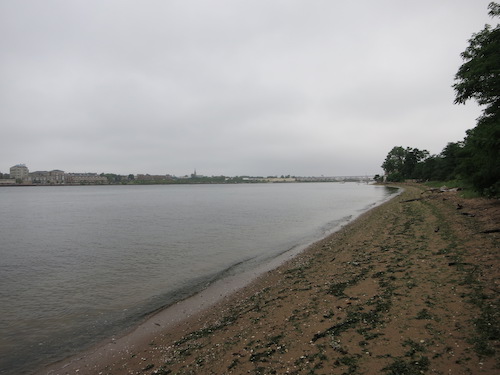
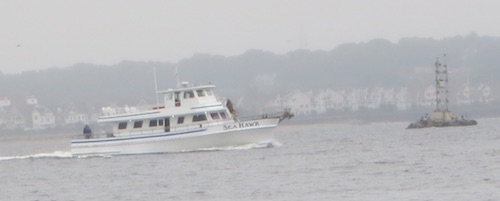
No significance to this. I just like taking pictures of boats.
We climbed back up to the park, hiked back through the woods to the main entrance, said goodbye to Conference House Chuck (or Willie the Whistle-Pig), and peeked up this nice walking/biking path as a gentle drizzle fell.
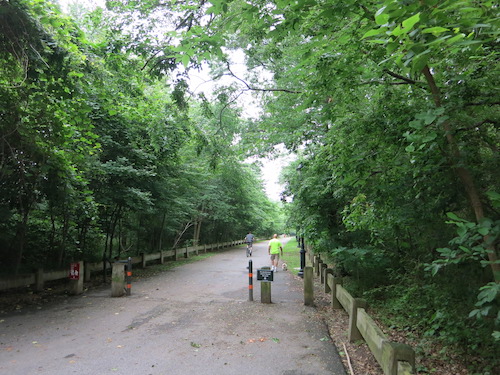
Then we headed down to Billop Ave., where the Lenape Playground meets a stretch of the park that runs along the south coast of the island.
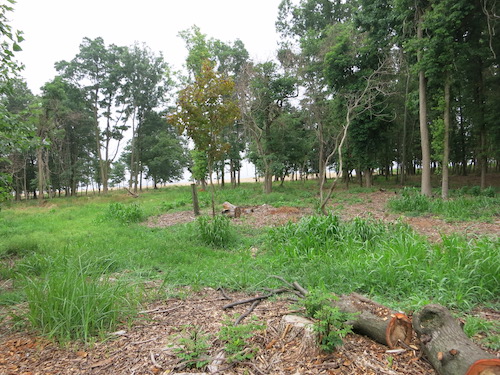
Here we spotted our final wildlife friend of the day.
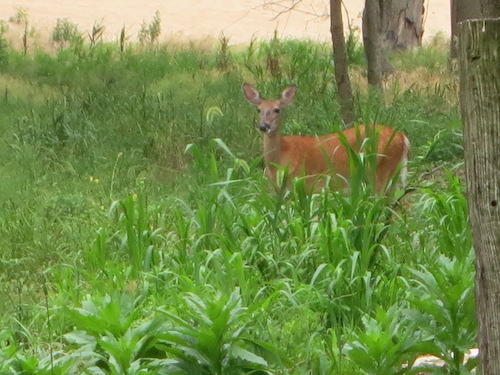
All photos © Jon Sobel, Critical Lens Media
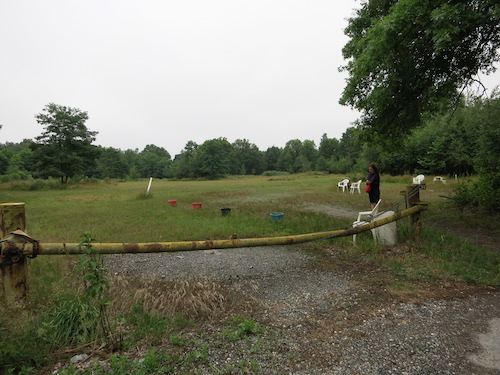
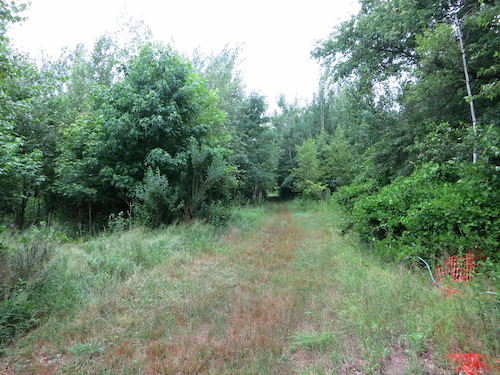
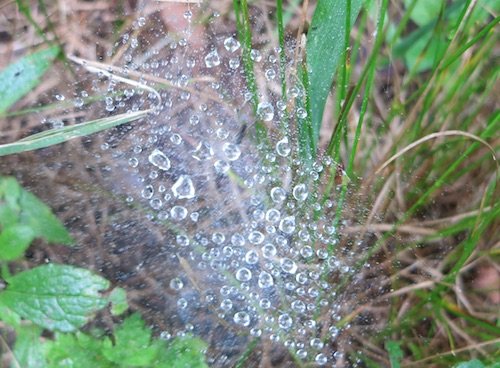
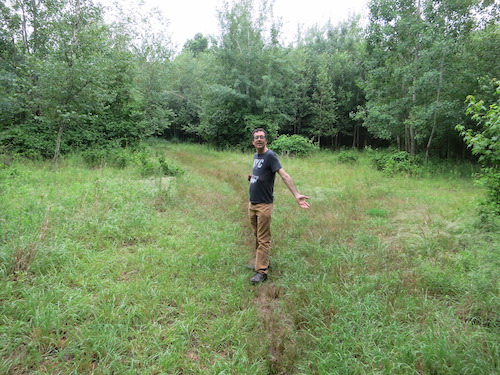
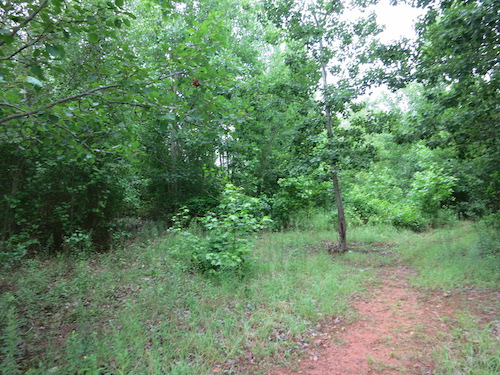
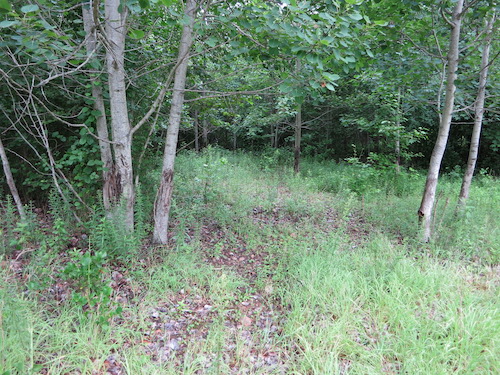
 The American Revolution had already begun when a delegation from the Second Continental Congress sailed up from Philadelphia to meet with British Admiral Howe on Staten Island for a last-minute attempt at a peace agreement on September 11, 1776. The members of the delegation: John Adams, Benjamin Franklin, and Edward Rutledge.
The American Revolution had already begun when a delegation from the Second Continental Congress sailed up from Philadelphia to meet with British Admiral Howe on Staten Island for a last-minute attempt at a peace agreement on September 11, 1776. The members of the delegation: John Adams, Benjamin Franklin, and Edward Rutledge.
















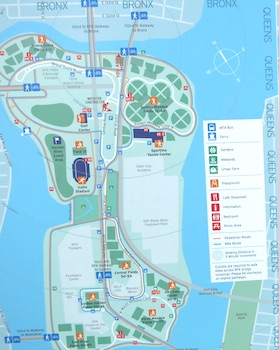 Many people, especially old-timers, continue to use the bridge's old name, the Triborough, which gives you an idea of Randall's Island's location: at the intersection of three of New York City's boroughs. The Bronx lies to the north, over a narrow channel called the Bronx Kill. Queens stretches to the east, over the rushing waters of Hell Gate. To the west is Manhattan, over an arm of the Harlem River.
Many people, especially old-timers, continue to use the bridge's old name, the Triborough, which gives you an idea of Randall's Island's location: at the intersection of three of New York City's boroughs. The Bronx lies to the north, over a narrow channel called the Bronx Kill. Queens stretches to the east, over the rushing waters of Hell Gate. To the west is Manhattan, over an arm of the Harlem River.